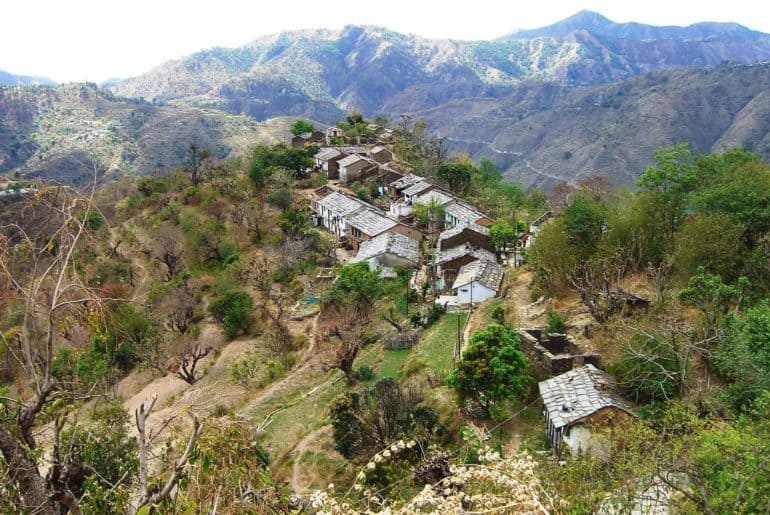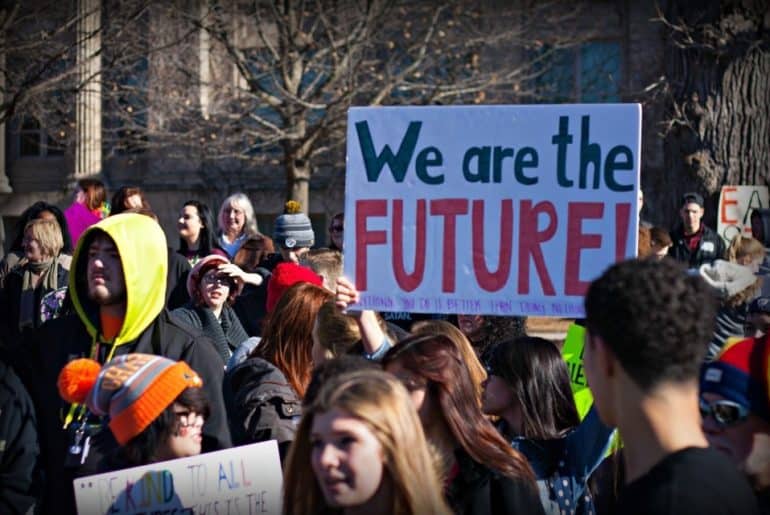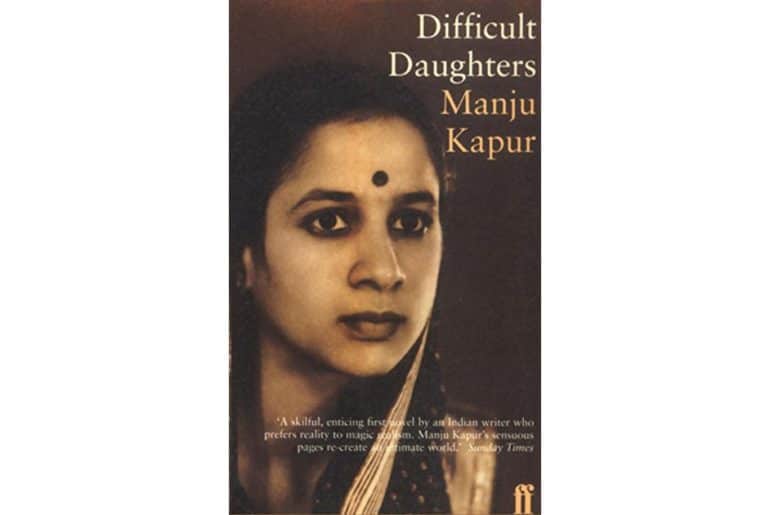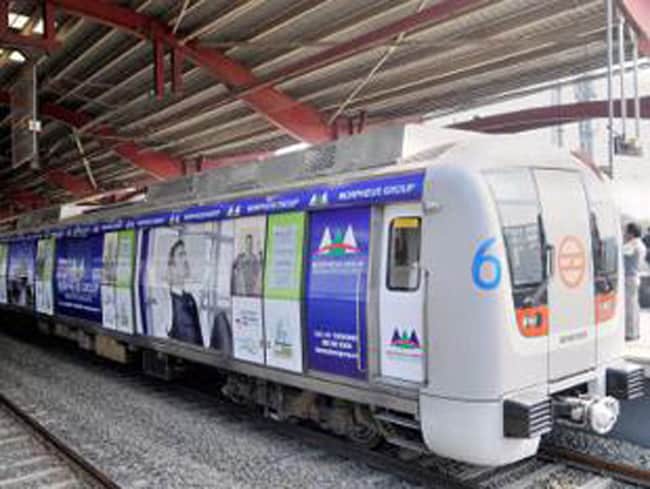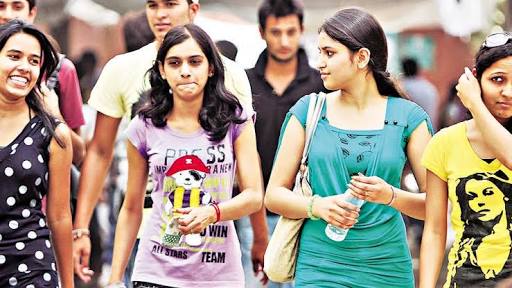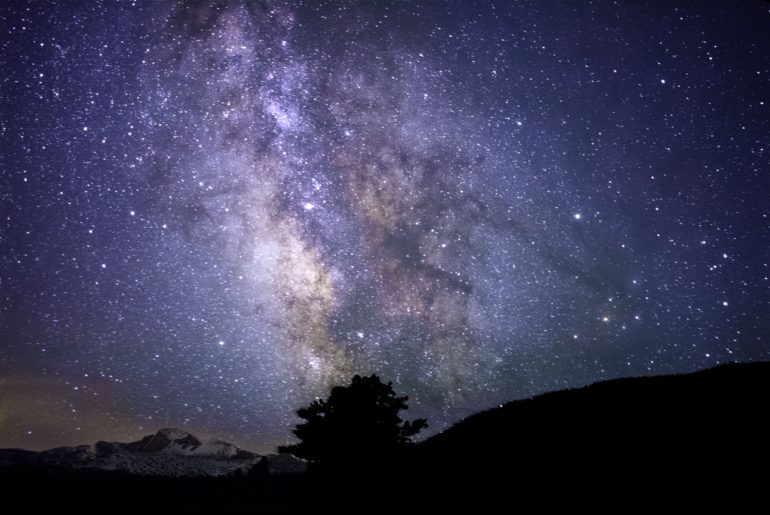Fashion photography is a highly popular and lucrative field. Delhi, with its scenic and photogenic landscapes, is the best place to orchestrate outdoor fashion shoots.
Here is a list of some of our favorite locations for outdoor Fashion Photography.
- Connaught Place – Perhaps the most scenic and iconic place in Delhi, Connaught place is the go-to place fashion photography. The colonial white facades provide a perfect backdrop for contemporary, ethnic, as well as artsy shoots. The best time for shooting is early morning hours before the place bustles with the crowd. The nearest metro station is Rajiv Chowk on Yellow and Blue line.
- Okhla Bird Sanctuary – This place which earlier used to be the hub for birdwatchers and environmentalist is becoming a popular choice amongst fashion photographers. Against the backdrop of nature and greenery, one can get beautiful photos. The ideal time for shoots is during the golden hour. The entry cost is Rs 30 and the nearest metro station is Botanical Garden on Blue line.
- Safdarjung Tomb- This majestic sandstone and marble mausoleum is situated at the Intersection of Safdarjung Road and Aurobindo Marg. The location is scenic and surrounded by a wide Mughal garden. The symmetric design of the monument is a delight to photograph. One should defiantly check this place for photoshoots in traditional attire. The nearest metro station is Jor Bagh on Yellow Line.
- Khari Baoli- Located in Old Delhi, Khari Baoli is Asia’s biggest wholesale market.Today, Khari Baoli is a busy commercial district which caters to vast spice market of North India, including states of Rajasthan and Madhya Pradesh, making it perpetually crowded with traders.
- Lodhi Art District- Because of the brilliant work by independent artists, the Lodhi Art district has been dubbed as India’s first open-air public art district.The artistic stretch in the expanse from Khanna Market till Meherchand Market.
- Rail Museum- National Rail Museum, located in the prime location of Chanakyapuri is an ideal location to get photos clicked and to admire the unique rail artifacts in its vicinity. Vintage, rare exhibits like the Prince of Wales Saloon, Fireless steam locomotive, and rail buses form the collection on display.
Feature Image Credits- Natural Studio
Akarsh Mathur


